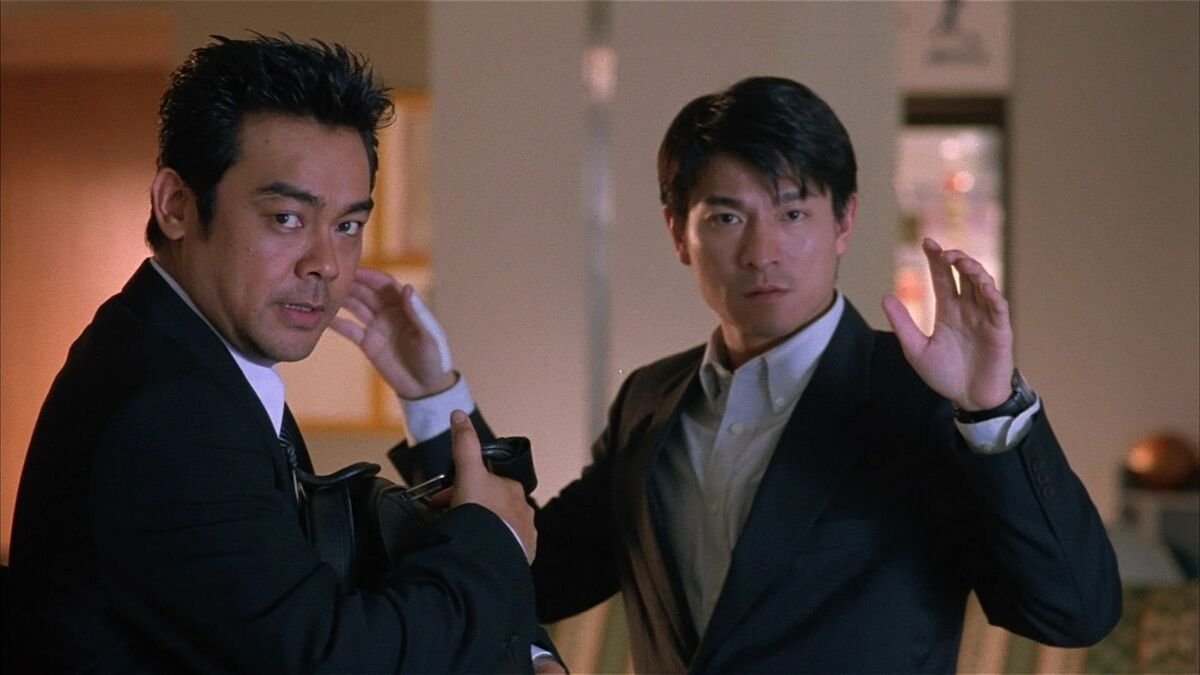Review: Eyes of Laura Mars (1978)
Irvin Kershner's Eyes of Laura Mars is notable as one of the few American films that could be labelled giallo, aping the sensational plotting, voyeuristic viewpoint, and expressionistic violence of the Italian-thriller subgenre. But what it's lacking is a distinctive style that aligns with the outlandish twists and turns of the plot. Giallo films are often silly and poorly acted, but at the same time beautiful and dreamlike. Eyes of Laura Mars is silly and well-acted, but stylistically sedate outside a few key moments.
Eyes of Laura Mars is based on an original script by John Carpenter right when he was ascending to fame with Halloween, but largely reworked by writer David Zelag Goodman and Kershner. It still bears a few of Carpenter's personal touches, such as the way it aligns the killer with the camera, implicating the viewer in the violence that occurs on screen. This approach is also seen in giallo films from Mario Bava and Dario Argento, but coming the same year as Carpenter's Halloween, with its instantly iconic POV shots from the eyes of Michael Myers, it's hard not to see Carpenter's fingerprints here, especially in the context of seeing through the eyes of a killer.
But this is ultimately a Kershner film, who leverages his talent for directing actors into getting some good performances out of Faye Dunaway, Tommy Lee Jones, Brad Dourif, and especially René Auberjonois. Dunwaway is the star as Laura Mars, a fashion photographer who is famous for her violent, provocative, psychosexual photos used in commercials. In the opening scene, she's tormented by a vision of a killer looking through her new photobook and committing a grisly murder inspired by one of her photographs. The murder turns out to have occurred in real life, and the kicker is that Dunaway can't identify the killer because she can only see through the eyes of the killer during her visions.
Soon, a handsome detective (Jones) comes on the case, while her manager (Auberjonois) and driver (Dourif) do their best to calm her as the murders escalate and the killer gets closer to her inner circle. Kershner being the director he is, the film doesn't lean into the lurid subject matter except in the photoshoot scenes, which seem to be shot by a far younger, hipper, more edgy director. Relying on the work of photographer Helmut Newton, the scenes are genuinely striking. We get visual moments of genuine wit, such as the mirroring of a lineup of prostitutes in a police station with the models in front of the camera, and provocation, such as sexy ladies posing in front of car crashes and dead bodies, presaging David Cronenberg’s Crash. The scenes are far more clever in terms of visual construction than any other scenes in the film, which might speak to Newton’s influence. The murder scenes themselves are only interesting in terms of concept, with Laura unable to see the face of the killer, but able to see herself when she's in the victim's sights. It creates an interesting feedback loop of hunter and hunted, viewer and victim, which provides the film with its American giallo bonafides.
Outside of these scenes, Kershner is more content with standard visual coverage of the actors as he follows them in their personal lives and professional crises. The film eventually develops into a kind of tragic romance, which demonstrates Goodman and Kershner's control of the story, as the unabashed sentimentality of the romance scenes are a world away from Carpenter’s sensibility. The romantic scenes propel the plot forward, but it's the moments with Dourif and Auberjonois that are most memorable. Dourif imbues a considerable amount of sympathy into an underwritten character, the twitchy, loyal ex-con driver to Laura Mars, who becomes the obvious suspect in the killings. Auberjonois is fabulous as Laura's manager. He refuses to play into the homosexual stereotypes of the character, rather underplaying the sensationalism and rather showcasing his sadness, professionalism, and genuine concern for Laura. The scene at his birthday party, where his concern for Laura breaks through his drunken desire to have fun, is especially touching.
It also must be noted that the ending and solution to the mystery of Eyes of Laura Mars is truly ludicrous, even by giallo standards. The overall effect of the film is one that's perhaps more notable for its performances than its style, which is a bizarre thing to say for a giallo film. But the ending overshadows everything. Without it, it would likely be a better film. But the ending is also emblematic of a film that cannot entirely commit to the dreamlike logic of giallo, despite embodying many of its key qualities.
6 out of 10
Eyes of Laura Mars (1978, USA)
Directed by Irvin Kershner; written by John Carpenter and David Zelag Goodman, based on a story by John Carpenter; starring Faye Dunaway, Tommy Lee Jones, René Auberjonois, Brad Dourif, Raoul Julia.



George More O’Farrell’s The Holly and the Ivy is a perceptive Christmas drama that deserves a place in the Christmas rotation.